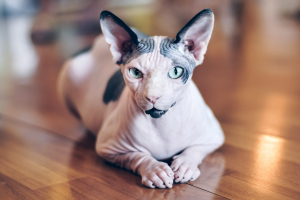Top 10 Living Things that Die for Baffling Reasons
Taxes and death are the only two things in life that are said to be certain. There is only one thing that is certain if you are not a human. We certainly don't ... read more...all get to go out in the same way, even if we all have to die at some point. Predators, a lack of habitat or resources, dozens of additional factors, and brutality are all common in the animal realm. However, certain species confront peculiar and unusual dangers that no other species does. Here are some of the Living Things that Die for Baffling Reasons.
-
With the Australian antechinus, let's move from a species that will perish if it does not marry to one that will perish as a result of mating. Depending on your point of view and/or sense of humor, the finale for these little marsupials that resemble mice may or may not be the best or worst of any existence.
The species' males are wiped out every year as they try to pass on their genetic heritage. They battle other males or mate with females for up to 14 hours at a time for several weeks. This goes on till they pass away.
The amounts of different stress hormones are hampered by the testosterone that floods their tiny bodies. As a result, their immune systems are totally destroyed, and eventually they succumb and pass away.
As strange as this may seem from an evolutionary perspective, it benefits the species. The destruction of the male population makes it easier for the pregnant females to consume and care for their young because there is less competition for food.
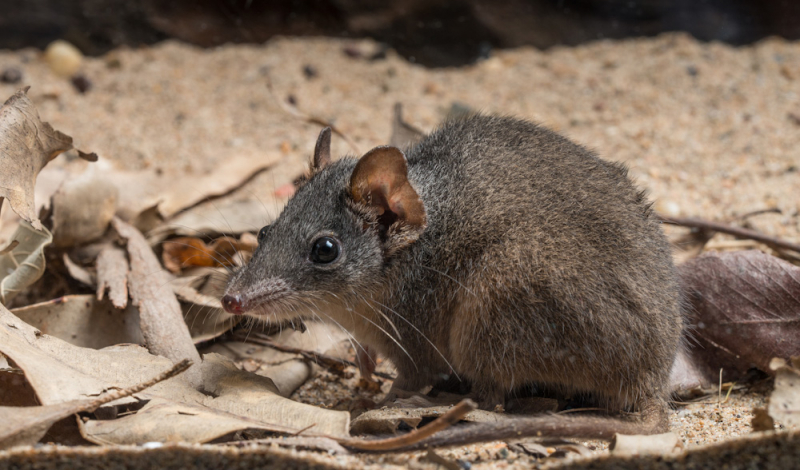
http://www.australiangeographic.com.au 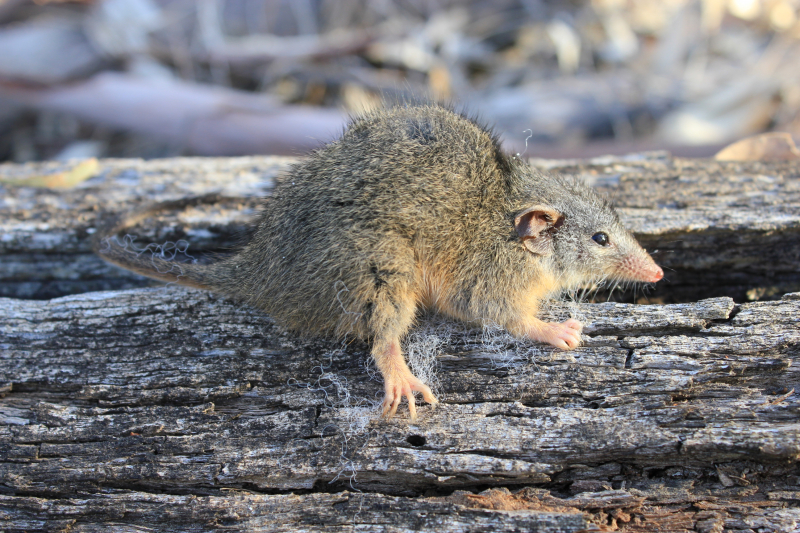
http://www.riverspace.com.au/ -
Ferrets are very gregarious creatures and enjoy living in couples or groups. If a man and a woman have compatible personalities and preferences, they should get along just fine. The one exception to this is that the male should also be spayed, unless you intend to breed him, as he may be more prone to aggressive behaviors, especially if he claims a certain area of the cage as his own, which unfixed males are prone to do. This is to prevent bone marrow suppression and anemia from prolonged heat.
Ferrets, like shrews, are subject to a potentially lethal biological imperative. Like many other mammal species, female ferrets experience estrus, or heat. However, ferrets are different since they cannot reproduce without mating, thus they must.
Ferrets used as pets must be spayed or neutered. It primarily lessens their mildly disagreeable odor. However, it also spares the lives of the females because aplastic anemia will kill them if they don't mate. This results from hormonal imbalances brought on by the ferret going into heat but failing to mate. Blood production is impacted by hormones, and deadly anemia rapidly follows.
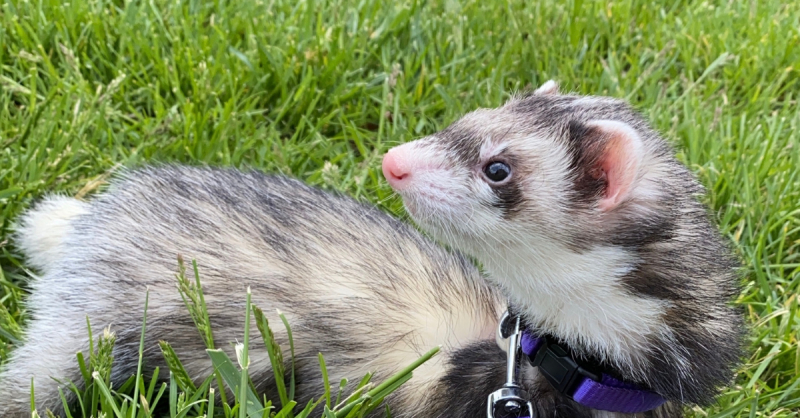
https://riseforanimals.org 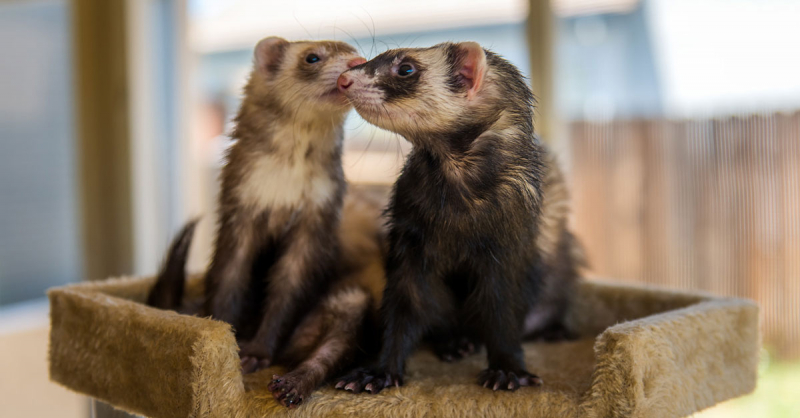
http://www.legalizeferrets.org/ -
The most prevalent mammal in Northern Europe, including Great Britain but excluding Ireland, is the common shrew (Sorex araneus), commonly referred to as the Eurasian shrew. It has velvety dark brown fur with a light underside and is 55 to 82 millimeters (2.2 to 3.2 in) long and weighs 5 to 12 grams (0.2 to 0.4 ounce). One of the few venomous mammals, it is rare. Up to their first moult, juvenile shrews have lighter fur. Small eyes, a pointed, moveable nose, and red-tipped teeth are features of the common shrew. Its life expectancy is roughly 14 months. Shrews are active both during the day and at night, with brief breaks in between relatively extended bouts of activity.
Shrew is a derogatory nickname frequently used to describe nags. Realistically, it ought to be a phrase for someone who consumes food voraciously. It's hard to envision a shrew having a metabolism. At 800 to 1,000 beats per minute, their hearts can beat. Even 1,500 times per minute for one species.
They can move at a rate of 12 times per second and die if they don't consume their own body weight in food each day. A short-tailed shrew must consume three times as much food as it does. It might be fatal if they spend even a few hours without eating.
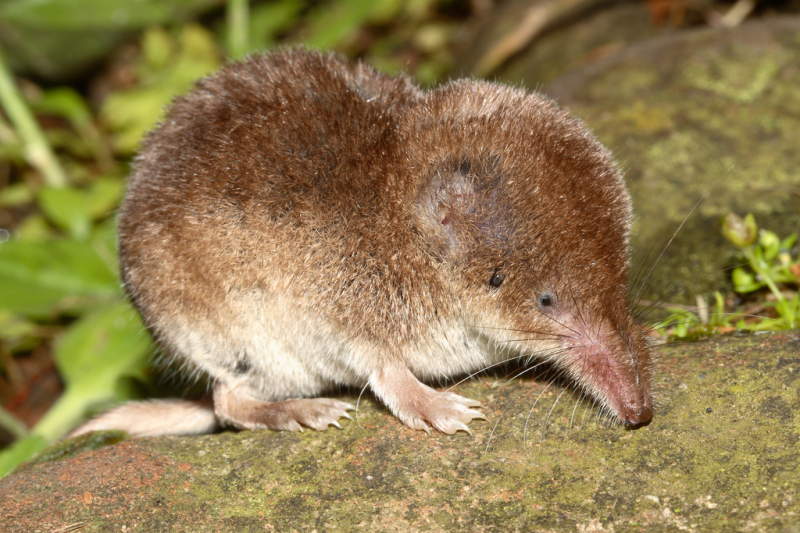
http://elelur.com/ 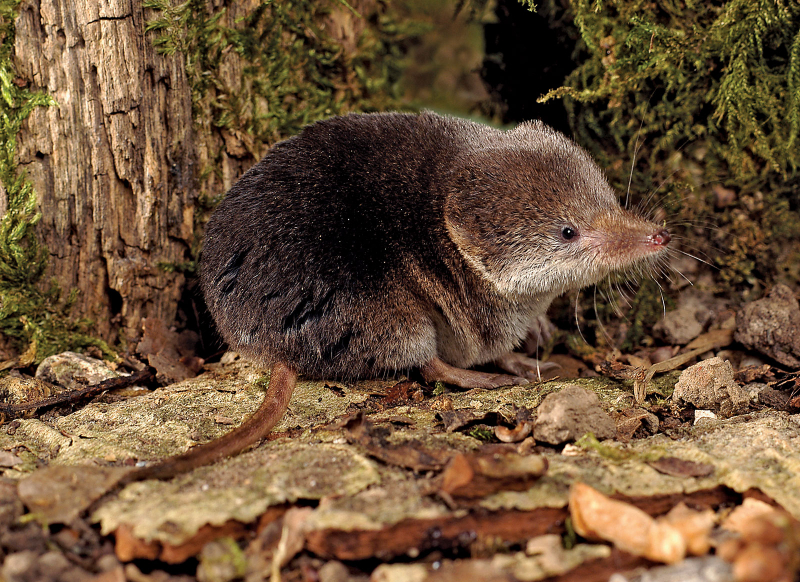
https://animalia-life.com/ -
Dolphins are among the most intelligent animals in the world, second only to humans and surpassing primates in intelligence. They have the ability to think abstractly, solve issues, and seem to experience a lot of emotional upheaval. So much so that dolphins are capable of committing suicide. A dolphin display at an aquarium will be different now that you know that a dolphin can think about the world almost as humans do. Imagine being made to perform tricks and swim for an audience every day. Or act in front of the camera, as did Kathy, one of the dolphins who portrayed Flipper on the TV show.
Richard O'Barry, his trainer, claimed he was in the tank that day. Richard O'Barry, the trainer, claimed to have been in the tank the day Kathy committed suicide. He asserted that she lost consciousness and ceased breathing. Dolphins must actively manage their breathing, so if one were to simply suffocate, it probably wouldn't have much trouble. NASA attempted to teach a dolphin named Peter to speak English in the 1960s. In an odd turn of events, Peter developed feelings for Margate Howe Lovatt, his trainer with whom he worked out six days a week.
You might have heard about the peculiar intricacies of that tale when it first made headlines a few years ago since the media was so fascinated by the specifics of how sexual the relationship between the human and dolphin became. Aside from that, Lovatt was sacked after the studies came to an abrupt stop. Peter was transferred to a different tank and left on his own. Just like Kathy, he voluntarily stopped breathing as well, dying at the bottom.
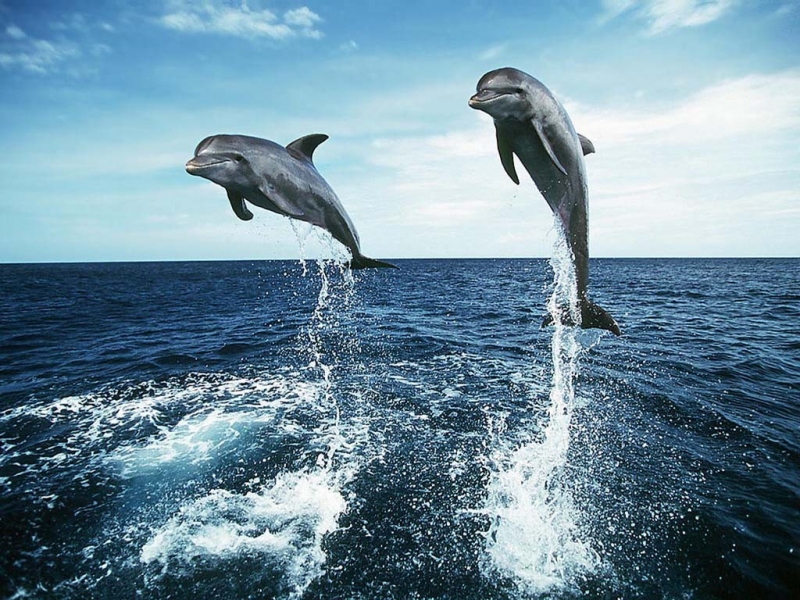
http://www.fanpop.com 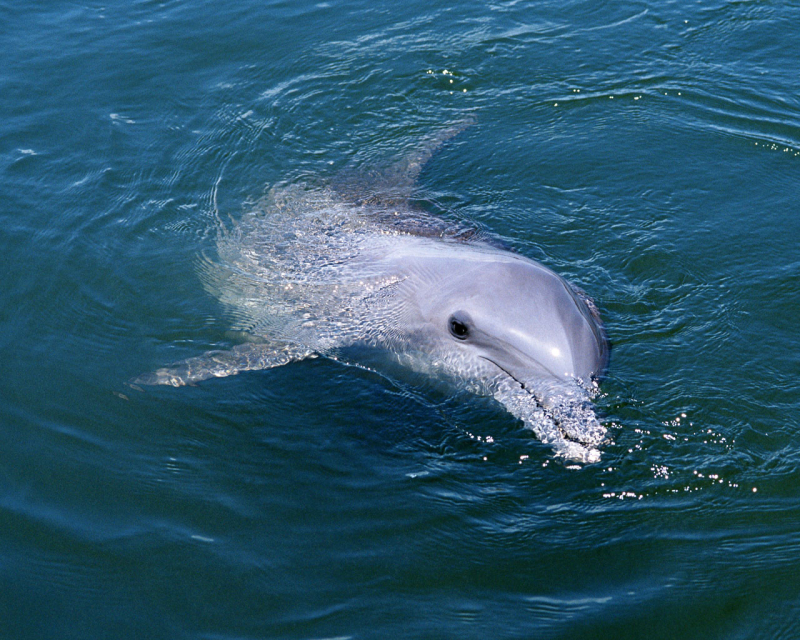
https://thewallpapers.org/ -
A whole ecosystem that you have never seen is currently there on your face. Demodex mites, which are microscopic, are probably having a ball in your pores and hair follicles while eating on your oils and secretions. It's thought that having an excessive number of these little creatures living inside your body contributes to skin problems like rosacea. The approach of how and why this occurs is quite strange and somewhat unsettling.
The likelihood of having the mites increases with age, and they appear to be spread by close physical contact. They prefer oily skin and are most frequently encountered on the face. And although though they may enjoy living on your face and consuming the cells around your hair follicles and the oil you secrete, they lack an anus, so they are unable to expel the food they consume. The mites can't expel waste, so as they get larger and larger while feeding, they eventually die and leave their nasty remains in your flesh.
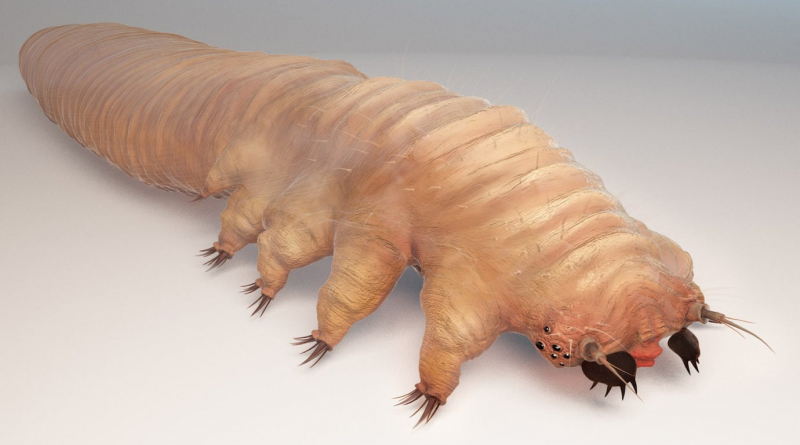
https://eyelovecares.org 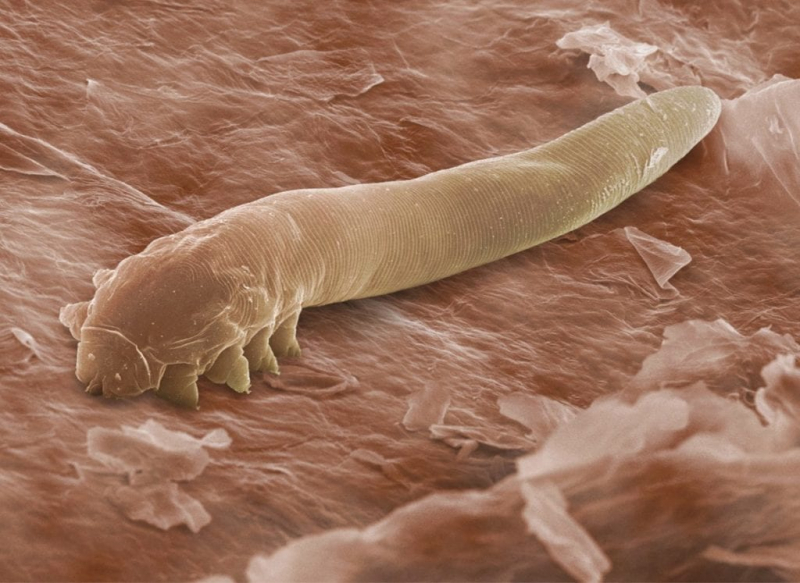
https://eyelovecares.org -
Ants can dwell in colonies that have 1,000–100,000 individuals. These colonies may be enormous, yet they are successful because everyone cooperates. But occasionally their cooperation is excessive. Or too poorly, depending on the situation. One ant may follow another ant toward certain death if the individual members lack autonomy. This is the fundamental component of an ant mill, a phenomena occasionally observed in army ant colonies.
Army ants differ from other species of ants in a few distinctive ways. One is that, unlike many other ant species, they don't have permanent nests, therefore they are constantly looking for new food sources. Additionally, they are blind. Ants can dwell in colonies that have 1,000–100,000 individuals. These colonies may be enormous, yet they are successful because everyone cooperates. But occasionally their cooperation is excessive. Or too poorly, depending on the situation. One ant may follow another ant toward certain death if the individual members lack autonomy. This is the fundamental component of an ant mill, a phenomena occasionally observed in army ant colonies.
Army ants differ from other species of ants in a few distinctive ways. One is that, unlike many other ant species, they don't have permanent nests, therefore they are constantly looking for new food sources. Additionally, they are blind.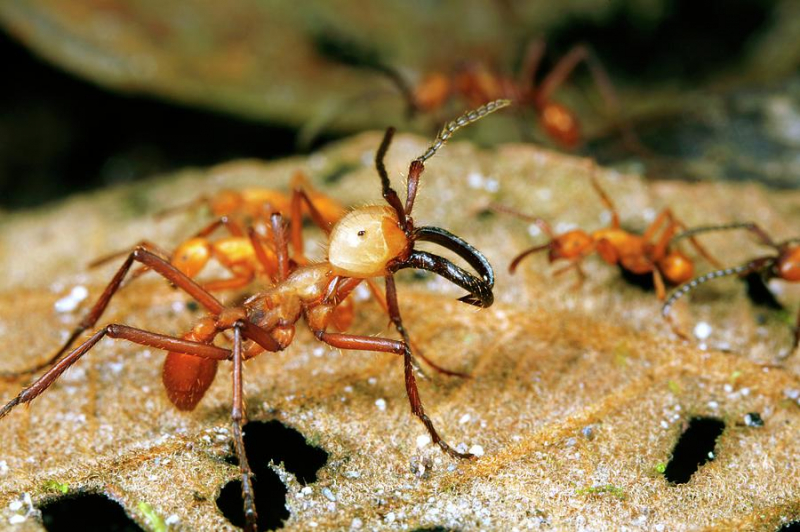
https://fineartamerica.com/ 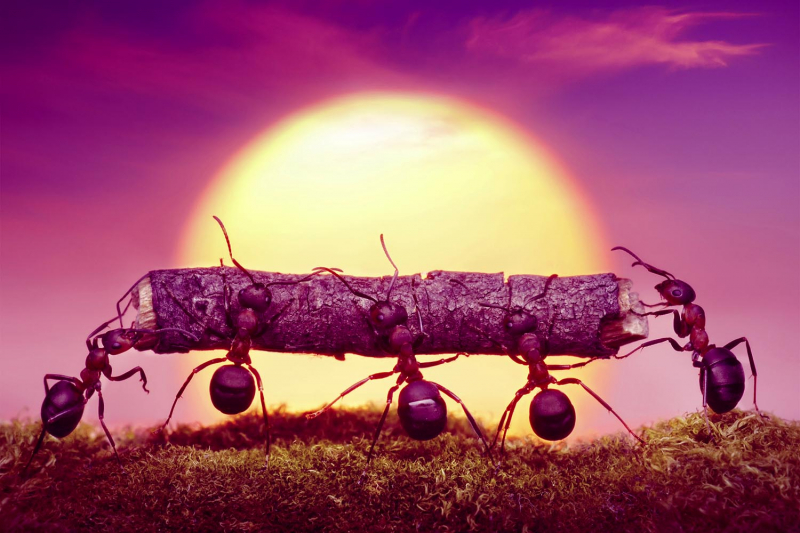
https://clapway.com -
Babirusas resemble a wild boar that someone tried to sketch from memory after only passingly witnessing one. They are indigenous to some of Indonesia and are occasionally referred to as deer pigs. Male babirusas are distinguished by their exceptionally long, curved tusks. They have two sets of two, not just one, unlike a boar. They have a pair of canine tusks on their upper jaw that curve upward in addition to the typical set that protrudes from their lower jaw.
These tusks really penetrate through the animal's snout flesh; they do not extend up outside of their mouths. They are the only mammal in the world that has teeth that grow this vertically, as far as we know. This animal's tusks have the potential to be fatal complications. Growing inward, they eventually reach up and cover its eyes. The babirusa needs to use either rocks or trees to wear those tusks down. If it doesn't, the tusks have the potential to turn back and pierce the skull, killing the animal.
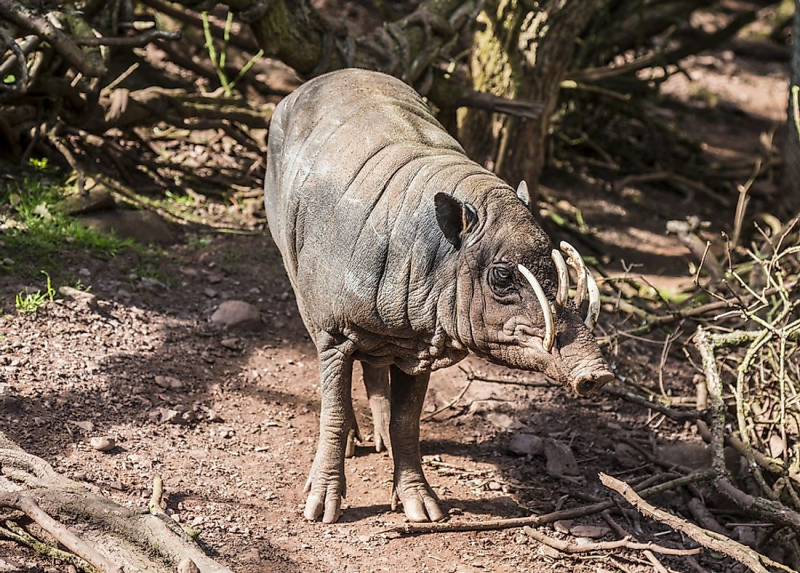
https://www.worldatlas.com 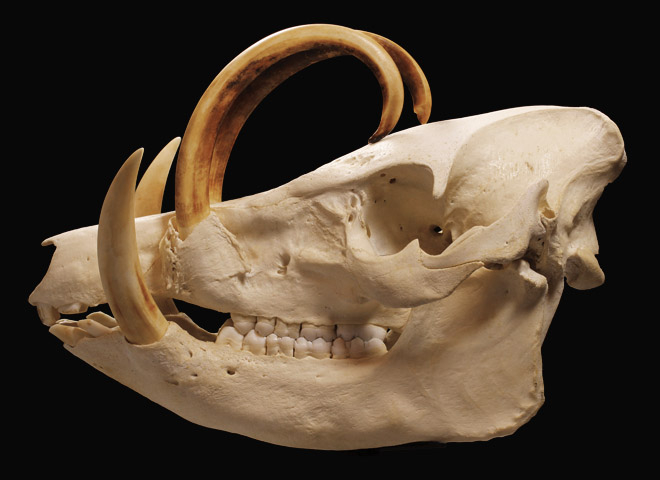
http://www.wired.com/ -
The longhorn cowfish may be familiar to those who enjoy keeping saltwater aquariums. They are well-liked by fans of exotic fish due to their vivid yellow color and highly distinctive appearance. But because of their inherent ability to defend themselves, keeping them in an aquarium poses a special risk.
Most creatures have some means of self-defense, and the cowfish does this by releasing an ostracitoxin. So it's a lethal fish. But once more, it's not all that unusual. Many animals are poisonous or dangerous in some form. The longhorn cowfish's vulnerability to its own poisons is a problem. As a result, if the fish feels threatened or overexcited, the toxin will fill the tank and kill not only all the other fish but also the fish itself. Activated carbon can be used to eliminate the toxin from a tank, but by the time you need to do that, most likely everything has already perished.
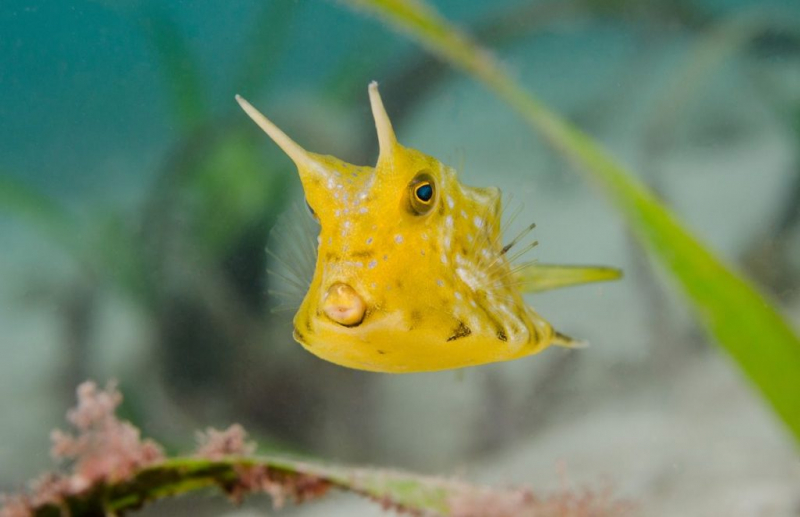
https://animalencyclopedia.info 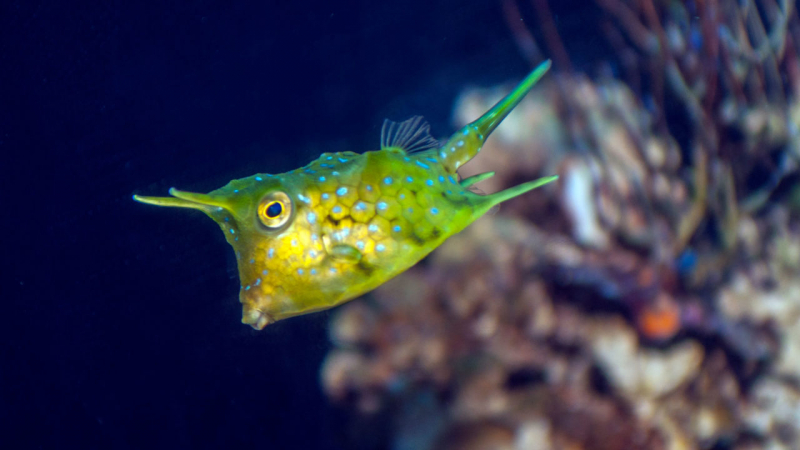
https://www.houstonzoo.org/ -
Although bees and ants are primarily responsible for organizing and carrying out tasks, insects generally receive praise for their ostensibly extraordinary capacities to do so. In general, the other members of the insect kingdom are disregarded, and perhaps that is for the best, at least in the case of the Australian gem beetle. They are not known for their intricate hive organization or their work ethic, but rather for one thing. They'll kill themselves attempting to mate with beer bottles, that's the fear.
The behavior of Australian beetles was accidentally uncovered by researchers some time ago. Two scientists were studying something completely different in the field when they just so happened to see these beetles doing their hardest to use broken beer bottles as a source of food.
There were a lot of insects and bottles, which suggested it wasn't an accident. There was no mistake—these bugs were attempting to be busy. They were able to see the beetles trying to mate in a scientifically accurate manner. These even set up fresh bottles and noticed that they drew in more males since they would latch on and needed to be yanked off by force. One even carried on despite ants biting at its genitalia.
The female beetles were virtually exactly the same shade of brown as the particular brand of bottles that the beetles had chosen, the researchers observed. Additionally, the females' carapaces were dimpled like bottles. The males were therefore just perplexed. However, they were so devoted that they were willing to keep going until they died in the sun or were picked off and eaten by predators.
But there is a happy conclusion to the tale. The business that produced the alluring bottles adjusted the design to eliminate the perplexing dimples after the scientists published their findings. After then, the insects lost interest.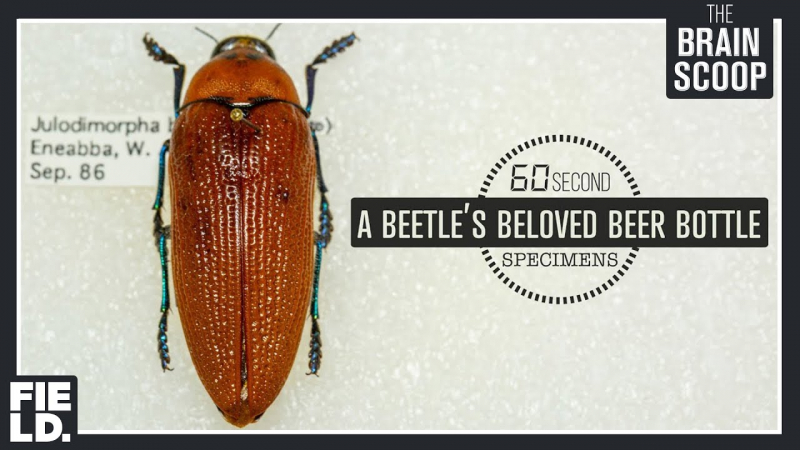
https://www.youtube.com thebrainscoop channel on Youtube -
It is obvious that this specific plant has an odd history from its appellation, "suicide palm." It grows in Madagascar, where it was only found in 2006. Despite going by the less ominous name Tahina, the tree's extraordinarily peculiar life cycle gave rise to the morbid nickname "suicide plot."
The tree will continue to grow for decades, reaching a maximum height of 18 meters, or over 60 feet. It then experiences its one and only bloom. Millions of flowers that are laden with nectar cover the tree. These will ultimately develop into fruit. The tree must use all of its resources to produce the fruit and blooms, and it is unable to do so. When a tree dies, its fruit will fall to the ground and cover its deceased parent.
However, because of its all-or-nothing reproduction strategy, the plant would simply die out in that spot if anything didn't work out. The fruit can certainly give rise to a new generation of trees provided the seeds take root and are able to thrive.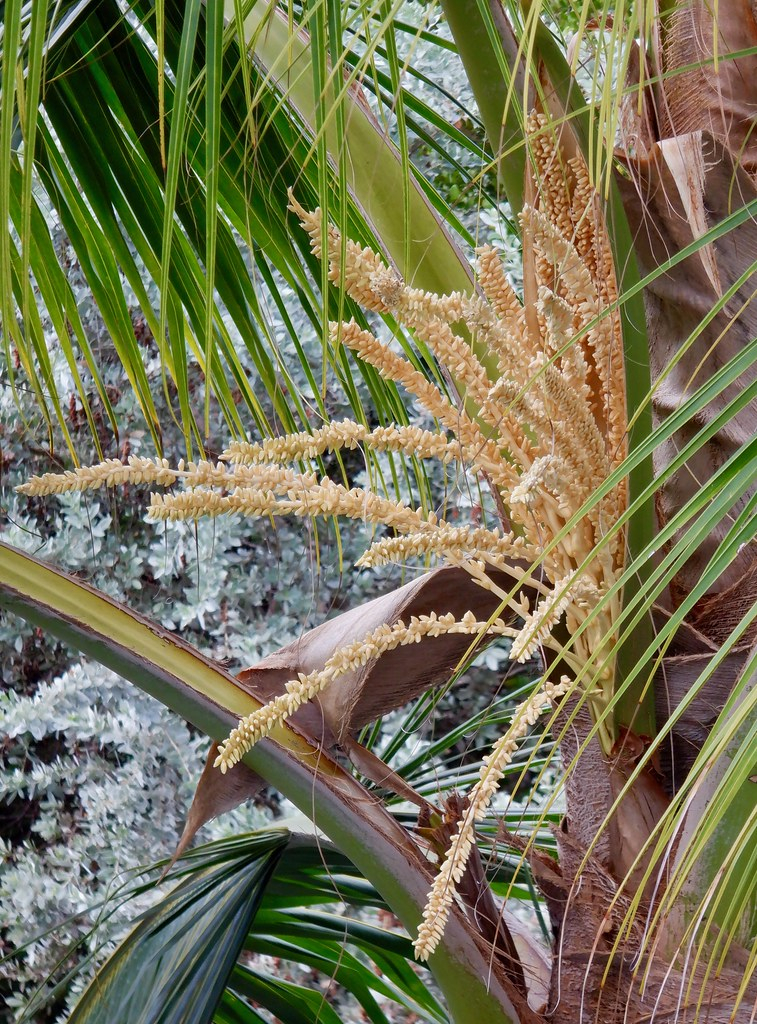
https://www.kew.org/ The Palmfather channel on Youtube


























